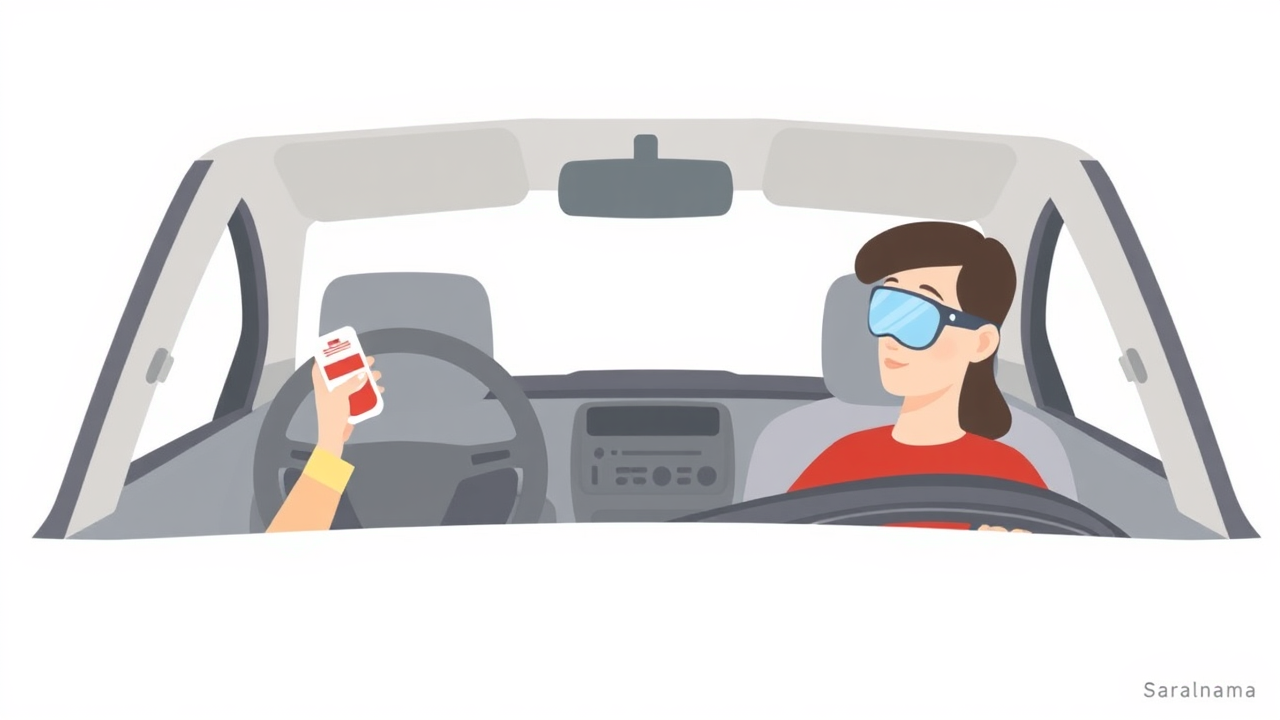Diabetes can significantly affect a person's ability to drive safely if not managed properly. A recent study in The Lancet Diabetes & Endocrinology highlights that diabetes increases crash risk, making careful management essential. Both high and low blood sugar levels can impair vision, focus, and reaction time, creating dangerous situations on the road. Fluctuating glucose levels cause blurry vision, making it hard to see clearly, while also affecting brain alertness and concentration. Diabetic eye conditions like retinopathy further increase accident risk by damaging vision and creating blind spots. However, driving is not completely off-limits for diabetics. With regular eye check-ups, careful monitoring of blood sugar levels, and proper precautions before driving, most people with diabetes can drive safely. Awareness of warning signs and keeping quick-acting glucose handy are key safety measures.

Managing Blood Sugar and Vision for Safe Driving
Fluctuating blood sugar levels directly impact driving ability by causing blurry vision and reduced focus. Low blood sugar releases stress hormones like adrenaline, leading to shakiness, sweating, confusion, and even loss of consciousness in severe cases. High blood sugar makes mental processing slow, causing fatigue and slower reflexes. Diabetic retinopathy damages retinal blood vessels, leading to vision loss and blind spots, especially in low-light conditions. Drivers should watch for warning signs like sudden energy drops, sweating, racing heartbeat, difficulty focusing, or feeling unusually irritable. At least once a year, comprehensive eye examinations are recommended. Before driving, eat a balanced meal, keep glucose tablets within reach, stay hydrated, and consider using a continuous glucose monitor with alerts.
Source: Link
